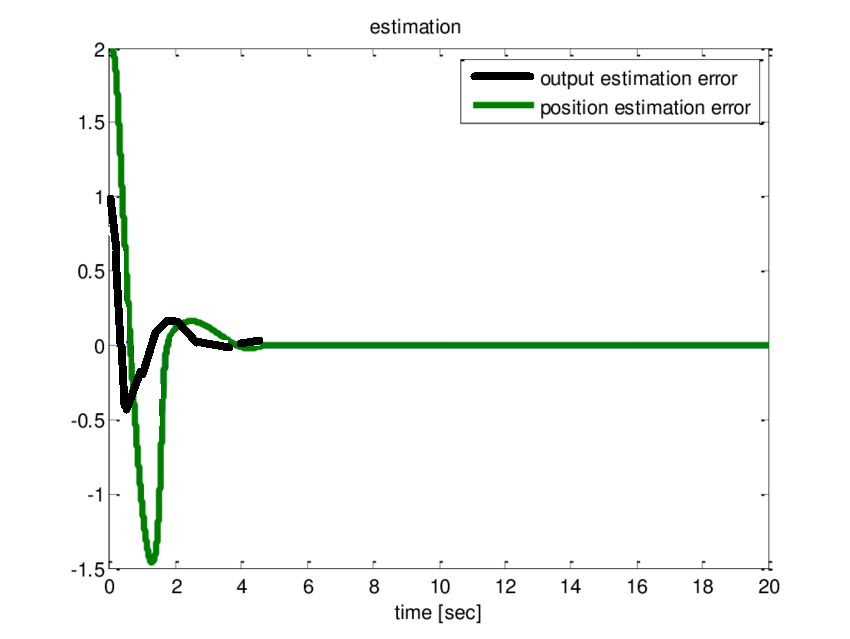Curve Fitting models – Software Engineering
Last Updated :
12 Dec, 2023
The curve fitting group models use statistical regression analysis to study the relationship between software complexity and the number of faults in a program, the number of changes, or failure rate. This group of models finds a relationship between input and output variables by using the methods linear regression, nonlinear regression, or time series analysis. The dependent variables, for example, are the number of errors in a program. The independent variables are the number of modules changed in the maintenance phase, the time between failures, programmers’ skill, program size, etc. Models included in this group are: Estimation of errors, Estimation of complexity, Estimation of failure rate. These are explained as following below.
Graph of b/w actual vs. estimation:

1. Estimation of Errors Model:
The number of errors in a program can be estimated by using a linear or nonlinear regression model. A simple nonlinear regression model to estimate the total number of initial errors in the program, N, can be presented as follows:

Where Xi is the ith error factor; ai, bi, ci are the coefficients of the model, and  is an error term. Typical error factors are software complexity metrics and environmental factors. Most curve fitting models involve only one error factor.
is an error term. Typical error factors are software complexity metrics and environmental factors. Most curve fitting models involve only one error factor.
2. Estimation of Complexity Model:
This model is used to estimate the software complexity, CR, using the time series approach. The software complexity model is summarized as follows:

where R = release sequence number ER = environmental factor(s) at release R MR = number of modules at release R IR = inter-release interval R D = number of days when first error occurs  = error This particular model is used when the software is evaluated due to time by time means when more versions of the model are released.
= error This particular model is used when the software is evaluated due to time by time means when more versions of the model are released.
3. Estimation of Failure Rate Model:
This model is used to estimate the failure rate of software. Given failure times t1, t2, .., tn, a rough estimate of the failure rate at the ith failure interval is

Assuming that the failure rate is monotonically non-increasing, an estimate of this function  , i = 1, 2, …, n can be obtained by using the least squared method.
, i = 1, 2, …, n can be obtained by using the least squared method.
Curve fitting models:
- Linear Regression (y=mx+b) : This method creates a straight line from the data. When the independent variable (x) and the dependent variable (y) have a linear relationship, it makes logic.
- Logarithmic Regression (y=a+bln(x)): This method involves fitting the data to a logarithmic function. When the predicted growth of the relationship between the variables is logarithmic, then it is suitable.
- Piecewise Regression: Combining various regression models in various data regions is known as piecewise regression. It enables the fitting of several functions to various data segments. When there are distinct patterns in many areas, it is helpful.
- Regression using Nonlinear Least Squares (NLS): It is created according to the particular model form. A generic technique for fitting a variety of nonlinear models to data is NLS regression.
Like Article
Suggest improvement
Share your thoughts in the comments
Please Login to comment...